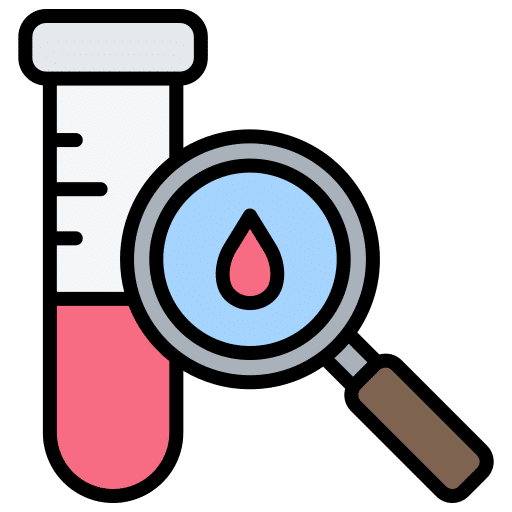
White Blood Cell Count (WBC)

Analyzer Report
Frequently Asked Questions
The WBC count, also known as the white blood cell count, is a measure of the total number of white blood cells (leukocytes) present in a sample of blood. It’s generally reported as the number of white blood cells per microliter( µL) or millimeter(mm³) of blood.
A low white blood cell( WBC) count, known as leukopenia, indicates a lower- than-normal number of white blood cells in the bloodstream.
Several conditions can lead to a low WBC count, including:
● Bone marrow problems: Conditions similar as aplastic anemia, myelodysplastic runs, leukemia, and other bone gist diseases can disrupt the product of white blood cells, performing in a low count.
● Viral infections: Certain viral infections, similar to HIV, hepatitis, and some types of influenza, can suppress the bone marrow and reduce the production of white blood cells.
● Autoimmune diseases: Some autoimmune diseases, like lupus and rheumatoid arthritis, can beget leukopenia by affecting the bone marrow or causing the destruction of white blood cells.
● Chemotherapy medicines, antibiotics(e.g., trimethoprim-sulfamethoxazole), and some anticonvulsants can lower the production of white blood cells, leading to a low WBC count.
● Radiation remedy: Exposure to radiation, particularly when witnessing radiation remedy for cancer treatment, can affect the bone gist and reduce white blood cell product.
● Nutritive scarcities: Scarcities in certain nutrients, particularly vitamin B12 and folate, can vitiate the product of white blood cells and affect a low WBC count.
Then are some implicit causes of a high WBC count Infection
● The most common cause of leukocytosis is an infection. The body responds to an infection by producing further white blood cells to fight off the overrunning pathogens.
Inflammation seditious conditions, similar as rheumatoid arthritis, vasculitis, or seditious bowel complaint, can stimulate the body to release further white blood cells. Corticosteroids may beget leukocytosis as a side effect.
● Leukemia: Leukemia is a type of cancer that affects the bone gist and results in the inordinate product of abnormal white blood cells.
● Other blood diseases: Conditions like myeloproliferative tumors, myelofibrosis, or polycythemia vera can lead to elevated WBC counts.
The white blood cells are a pivotal part of the vulnerable system and play a vital part in defending the body against infections, foreign substances, and other dangerous agents. They help in relating and destroying pathogens, producing antibodies, and regulating vulnerable responses.
A WBC count is generally reported as the number of white blood cells per microliter( µL) of blood. The count can vary depending on factors similar as age, sex, overall health, and the presence of any beginning medical conditions. The normal range for WBC count can vary slightly between different laboratories, but a general reference range is generally between 4,000 and 11,000 white blood cells per microliter of blood.
These values can differ depending on the laboratory and the specific ways used to perform the count. An abnormal WBC count, either advanced or lower than the normal range, can indicate colorful health conditions. A high WBC count, known as leukocytosis, may suggest an infection, inflammation, or a response to certain specifics or medical conditions. Again, a low WBC count, known as leukopenia, may indicate bone marrow problems, autoimmune diseases, or viral infections.































